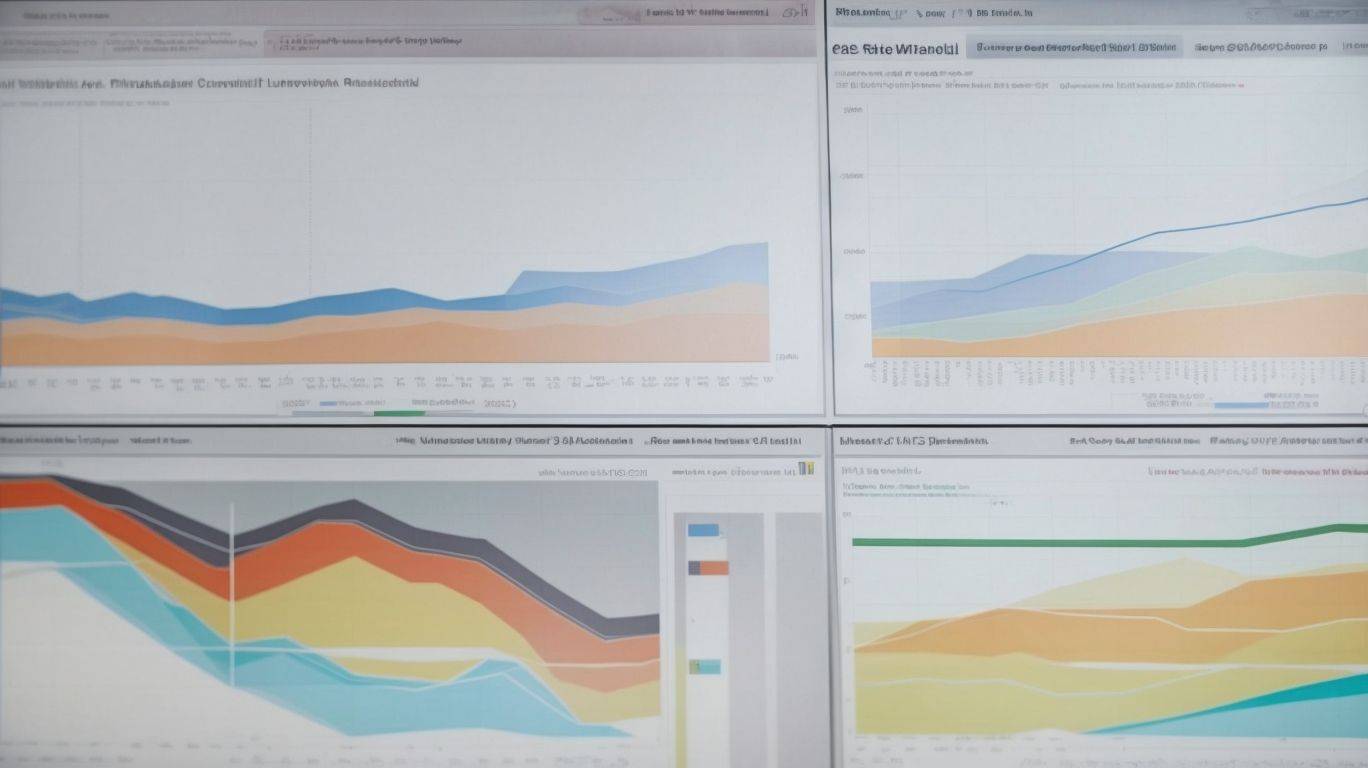If you’re in the market for a predictive analytics software but feeling overwhelmed by the numerous options available, this article is here to help! We will be comparing various predictive analytics software to help you make an informed decision. From features and pricing to user reviews and customer support, we’ve got you covered. So sit back, relax, and let us guide you through the world of predictive analytics software.
Key Takeaways:
Error in Predictive Analytics Tools Implementation
Error in predictive analytics tools implementation can lead to suboptimal results and hinder business decision-making processes.
One of the common errors that companies encounter is data mismatch, where the data used by the predictive analytics tools does not align accurately with the problem at hand, leading to inaccurate predictions. This issue can be mitigated by ensuring that the data sources are properly integrated and cleaned before feeding them into the machine learning algorithms.
Selecting an incorrect model for the predictive task can result in poor performance. Utilizing AutoML platforms can help in automating the model selection process, ensuring the most suitable algorithm is chosen.
Data Mismatch Challenges
One of the major challenges in predictive analytics tools implementation is handling data mismatch issues that can impact the accuracy and reliability of predictive models.
Data consistency and quality are vital components in the success of predictive modeling. Ensuring that the data utilized is accurate, complete, and aligned across various sources is crucial for building robust models. When there are inconsistencies or errors in the datasets, it can lead to biased outcomes and unreliable predictions.
Data integration plays a pivotal role in harmonizing disparate datasets from multiple sources into a unified format, facilitating a seamless analysis process. By leveraging advanced data analytics platforms, organizations can streamline the integration process, enhancing the overall quality and reliability of predictive models.
Model Selection Errors
Errors in model selection during predictive analytics tools implementation can lead to suboptimal results and inaccurate predictions. For a comprehensive comparison of predictive analytics software, visit this article.
Choosing the right predictive modeling algorithms and tools is crucial for achieving accurate and reliable predictions in various industries. Utilizing inappropriate regression-based tools or ML algorithms can significantly impact the outcomes of predictive modeling efforts. For instance, selecting a linear regression model for non-linear data can result in erroneous predictions, leading to ineffective decision-making processes. It is essential for data scientists and analysts to understand the specific requirements of each use case and choose the most suitable algorithms and tools to optimize predictive performance.
Inadequate Data Preprocessing
Inadequate data preprocessing practices can introduce errors and bias into predictive analytics tools implementation, affecting the quality of insights derived from data sets.
Proper data preprocessing is crucial in ensuring that the data used for predictive analytics is accurate, reliable, and free from inconsistencies. Data cleaning, for instance, involves identifying and handling missing values, duplicate entries, and outliers, which can otherwise skew the results of the analysis. Normalization standardizes the scale of numerical features, preventing certain variables from dominating the model due to their larger magnitudes.
For a comprehensive comparison of various predictive analytics software, you can refer to the Predictive Analytics Software Comparison on G2.
Moreover, feature engineering focuses on crafting new features that provide more predictive power to the model, capturing intricate relationships and patterns within the data. By selecting, combining, and transforming existing features intelligently, practitioners enhance the model’s ability to generalize well and make accurate predictions.
Frequently Asked Questions
What is predictive analytics software comparison?
Predictive analytics software comparison is the process of evaluating and comparing various software solutions that use statistical algorithms and machine learning techniques to analyze historical data and make predictions about future events or trends.
Why is predictive analytics software comparison important?
Predictive analytics software comparison is important because it allows businesses to choose the best software that meets their specific needs and budget. It also helps businesses understand the capabilities and limitations of different software solutions, allowing them to make informed decisions.
What factors should be considered when comparing predictive analytics software?
When comparing predictive analytics software, it is important to consider factors such as data integration capabilities, predictive modeling techniques, ease of use, scalability, customer support, and cost. These factors will determine the effectiveness and efficiency of the software for a particular business.
How do I choose the best predictive analytics software for my business?
To choose the best predictive analytics software for your business, you should first identify your specific business needs and goals. Then, compare different software solutions based on the factors mentioned above and choose the one that best fits your requirements and budget.
What are some popular predictive analytics software on the market?
Some popular predictive analytics software include IBM SPSS Modeler, SAS Predictive Analytics, RapidMiner, Alteryx, and Microsoft Azure Machine Learning. These software solutions offer a wide range of features and capabilities for businesses of all sizes and industries.
Can predictive analytics software comparison help improve business decision-making processes?
Yes, predictive analytics software comparison can help improve business decision-making processes by providing insights and predictions based on historical data. With the right software solution, businesses can make data-driven decisions and gain a competitive advantage in their industry.


